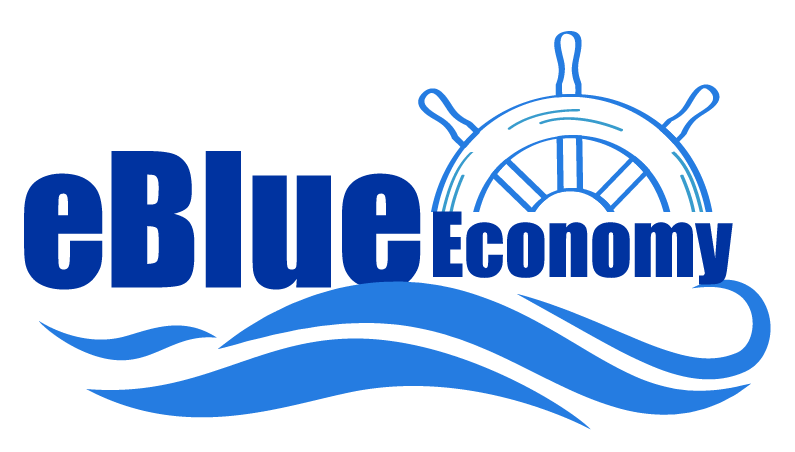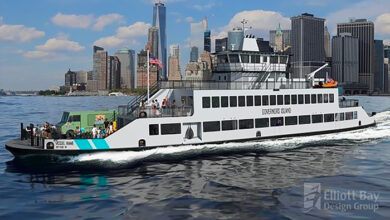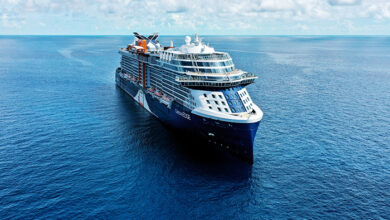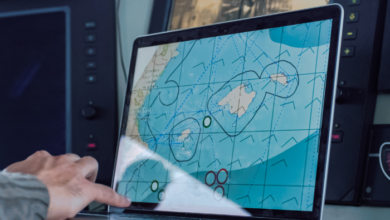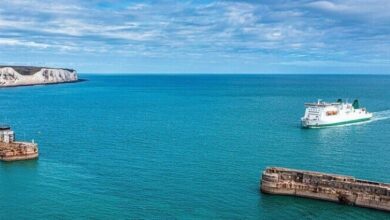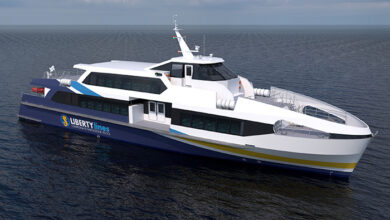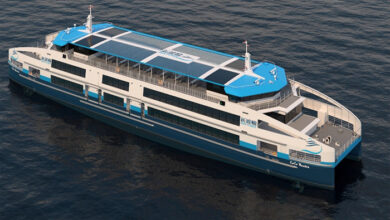

, Following a rapid ascent to almost 35,000 in less than two weeks’ time, Capesize rates are currently retreating in what one can describe as a moderate correction (for now), given the previous intensity and magnitude of the increase in the spot market. The futures market has been pricing such a correction since the beginning of the rally as market participants remained extremely cautious of any increase beyond the highs of the recent trading range, and thus futures prices have retreated to a lesser extend compared to spot. Once again, we tend to differ: We expect spot rates to bottom soon and turn back up, a scenario that is essentially fully rejected by the futures market. After all, with spot in the mid/high 20,000 level and November/December futures in the high teens, there is no room for error in the market’s relentless bearish attitude, while if one looks at first quarter futures, which are currently priced in the single digits, it is as if the last six months have just been an outlier in the ever depressed state for dry bulk of the past decade. Capesize spot rates are currently about 27,000 while Panamax rates are averaging just below 12,000.
Vale continues to guide to 310 million tons of annual production – Last week, Vale’s senior management reaffirmed their 2020 production guidance of 310 million tons, a level that points to continuing high iron ore exports out of Brazil for the remainder of the year. Assuming the rest of the Brazilian iron ore exporters perform in line with last year, Vale’s guidance points to a +13mt higher iron ore exports for the last three months versus 2019. Such level might not sound much (although it is a 12% increase year-over-year after all), but it translates to more than 60 Capesize-equivalent demand for the quarter. As a result, it is more than reasonable to assume that Capesize rates will experience more upward pressure versus last year, and for comparison purposes, the fourth quarter of 2019 saw Capesize rates averaging 22,185 versus current futures prices of less than 21,000 for the quarter. Obviously, the world is in a totally different state today, and the economic impact of the pandemic should not be discounted at all, especially ex-China where the demand decline has been substantial. However, Capesizes have always been about China, for better or worse. We expect fourth quarter Capesize rates to average above last year while we also expect the first quarter of next year to be substantially above the level that futures are currently pointing to, namely ~9,500.
2021 Freight futures continue to look cheap – The macro environment remains highly uncertain not only for shipping but for most commodities. As a result, trying to make predictions and build forecasts for a year forward is extremely challenging. For shipping, however, the fact that the supply side is fairly predictable at least a year in advance (lead times for ship building is approximately 2 years), provides a relative advantage versus other industries. The orderbook remains low and the supply side is manageable when it comes to dry bulk. Assuming consensus views for the global economy, we believe the balance of the market can support higher rates versus what is priced in the futures market today, namely around 13,500 for Capesizes and 10,000 for Panamaxes.
press release

